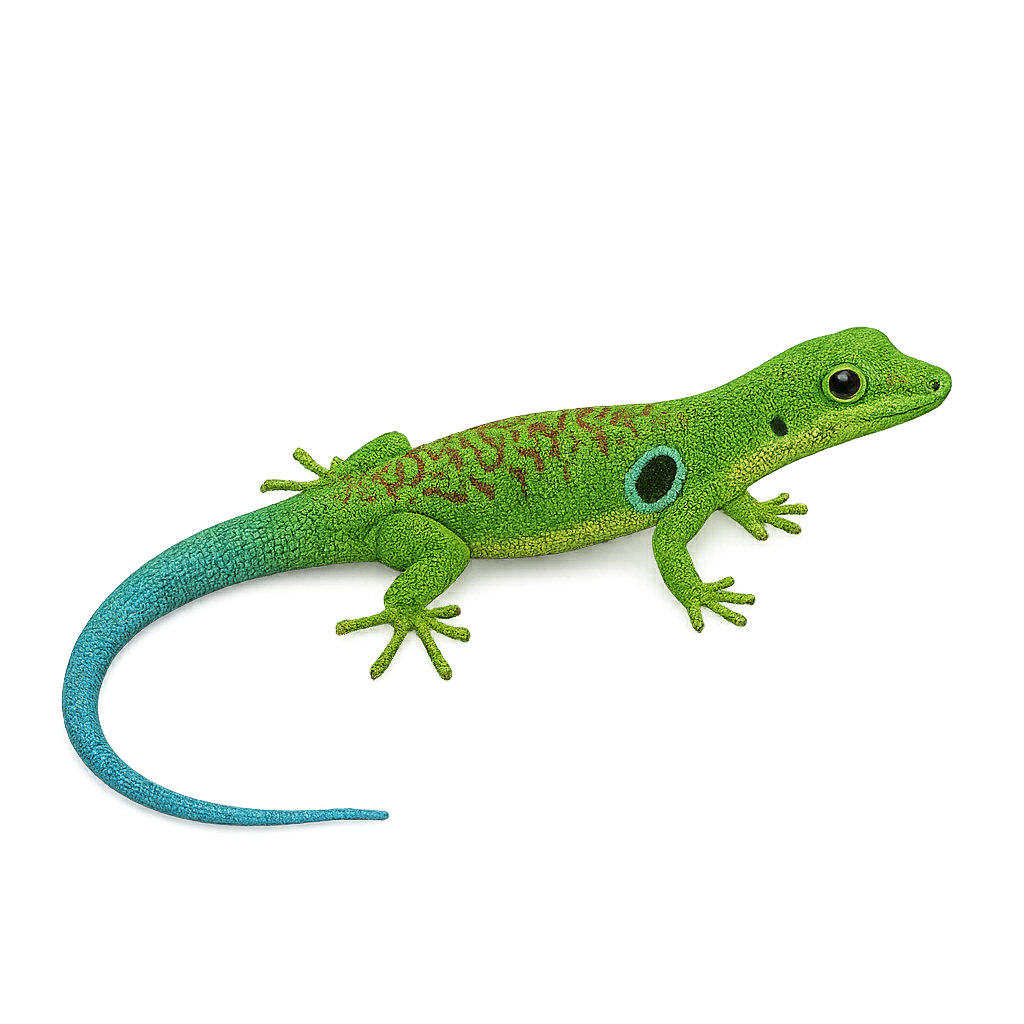Your wildlife photography guide.
Explore the four-spotted day gecko in detail, study its behavior, prepare your shots.
Where to observe and photograph the four-spotted day gecko in the wild
Learn where and when to spot the four-spotted day gecko in the wild, how to identify the species based on distinctive features, and what natural environments it inhabits. The WildlifePhotographer app offers tailored photography tips that reflect the four-spotted day gecko’s behavior, helping you capture better wildlife images. Explore the full species profile for key information including description, habitat, active periods, and approach techniques.
Four-spotted Day Gecko
Scientific name: Phelsuma quadriocellata

IUCN Status: Least Concern
Family: GEKKONIDAE
Group: Reptiles
Sensitivity to human approach: Suspicious
Minimum approach distance: 2 m
Reproduction period: June to July
Incubation: 40–45 jours
Births: June to July
Habitat:
Humid tropical forests, gardens, human dwellings
Activity period :
Active during the day when temperatures are favorable, often seen basking in the sun.
Identification and description:
The Phelsuma quadriocellata, or four-spotted day gecko, is a small, colorful lizard native to Madagascar. It is known for its bright green skin adorned with blue and red spots, and its distinctive four black spots on the back. This diurnal gecko is often found in humid tropical forests, feeding mainly on insects and nectar. It is appreciated for its adaptability to various environments, including gardens and human dwellings. Although generally suspicious, it can become tolerant of humans over time. Its reproduction is oviparous, with a gestation period of about 40 to 45 days.
Recommended lens:
Macro – adjust based on distance, desired framing (portrait or habitat), and approach conditions.
Photography tips:
To photograph the four-spotted day gecko, choose early morning or late afternoon hours when the light is soft and enhances its vibrant colors. Use a macro lens to capture the details of its skin and distinctive spots. Approach slowly to avoid startling it, and maintain a distance of about 2 meters to prevent disturbance. If possible, use a tripod to stabilize your camera and achieve sharp images. Be patient and wait for it to perch on a leaf or branch for a natural background.
The WildlifePhotographer App is coming soon!
Be the first to explore the best nature spots, track rutting seasons, log your observations, and observe more wildlife.
Already 1 439 wildlife lovers subscribed worldwide

